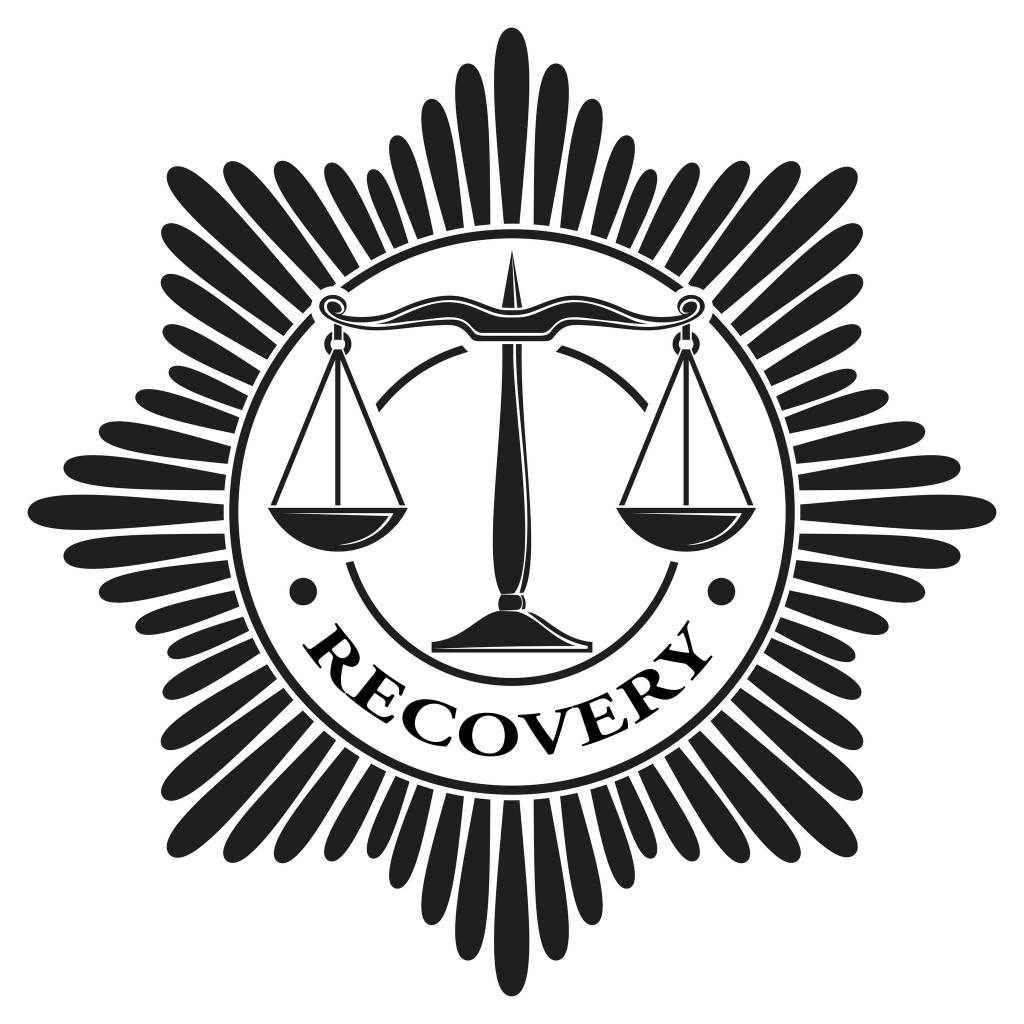 2015 marks the 25th anniversary of passage of the Americans with Disabilities Act (ADA)--landmark legislation that stands as a historic milestone in reversing the longstanding social exclusion and segregation of people with disabilities. The ADA dramatically changed the lives of people with disabilities and altered community life in remarkable ways. The ADA, the regulations through which it was implemented, and weathering multiple legal challenges would not have been possible without a prolonged, in-the-trenches advocacy movement led by people with disabilities, their families, and their allies. The achievements of that movement are worthy of continued acknowledgement and celebration.
2015 marks the 25th anniversary of passage of the Americans with Disabilities Act (ADA)--landmark legislation that stands as a historic milestone in reversing the longstanding social exclusion and segregation of people with disabilities. The ADA dramatically changed the lives of people with disabilities and altered community life in remarkable ways. The ADA, the regulations through which it was implemented, and weathering multiple legal challenges would not have been possible without a prolonged, in-the-trenches advocacy movement led by people with disabilities, their families, and their allies. The achievements of that movement are worthy of continued acknowledgement and celebration.
People seeking addiction recovery have, because of the social stigma attached to addiction, been similarly estranged from society. Like people with other disabilities, people seeking recovery have been subjected to prolonged psychiatric institutionalization, penal incarceration, and invasive therapies (spanning mandatory sterilization, psychosurgery, chemo- and electroconvulsive "shock" treatments, and harmful medication protocol). When not isolated from the community, they have been sequestered within families and socially isolated due to their restricted access to housing, education and training, employment, and civic participation.
Forty-five years ago, Congress passed the Comprehensive Alcoholism and Prevention Act (Commonly referred to as the "Hughes Act" for the Senator who championed it). More than any effort that preceded it, the Hughes Act marked a tipping point in the destigmatization, decriminalization, and medicalization of alcohol dependence. The product of a sustained advocacy movement begun in 1944 by Marty Mann's National Committee for Education on Alcoholism, the Hughes Act and subsequent legislation (including the Mental Health Parity and Addiction Equity Act and the Affordable Care Act) dramatically expanded addiction treatment, but they left untouched other barriers to community inclusion.
The new recovery advocacy movement launched in the U.S. in the late 1990s and now spreading internationally seeks to assure access to community-based, high-quality, and affordable addiction treatment, but it also seeks broader community inclusion for people in recovery. Within the new recovery advocacy movement are mini-movements seeking to create space in local communities in which recovery can flourish. There is a rapidly growing recovery housing movement. Recovery high schools and collegiate recovery communities are growing in number and size. Recovery-focused education and training programs are being conceived and implemented. Recovery ministries and faith-based recovery support groups are expanding within local churches. Recovery community centers, recovery-themed cafes (and "sober bars"), social clubs, athletic venues, art projects are expanding. Special programs are opening to help people in recovery reintegrate into the community following addiction-related incarceration. And recovery advocates are legally challenging all attempts to segregate or extrude recovering people from full social participation, and they are championing efforts at restoration of civil rights (e.g., voting) and equal access to housing, education, and employment.
The Comprehensive Addiction and Recovery Act (CARA) currently being considered by Congress could, by providing funds to seed local recovery community organizations, set the stage for rapid growth of the recovery advocacy movement (and its mini-movements). If you feel as I do that people seeking and in recovery deserve access to full community participation, then find a way to support passage of CARA. Twenty-five years from now, people in recovery may be celebrating the passage of CARA the same way people with disabilities today celebrate the anniversary of passage of the ADA. They may also be celebrating the 25th anniversary of the UNITE to Face Addiction march on Washington, D.C. scheduled for October 4, 2015.
Let's go make some history.